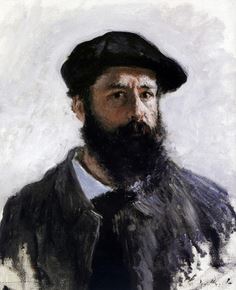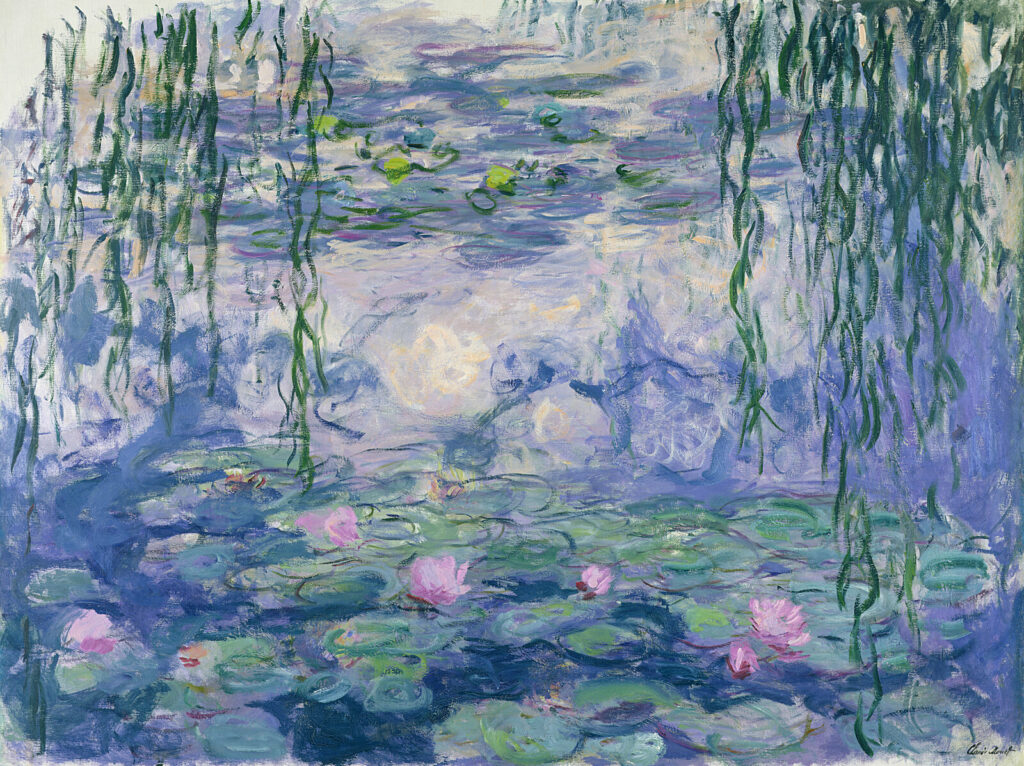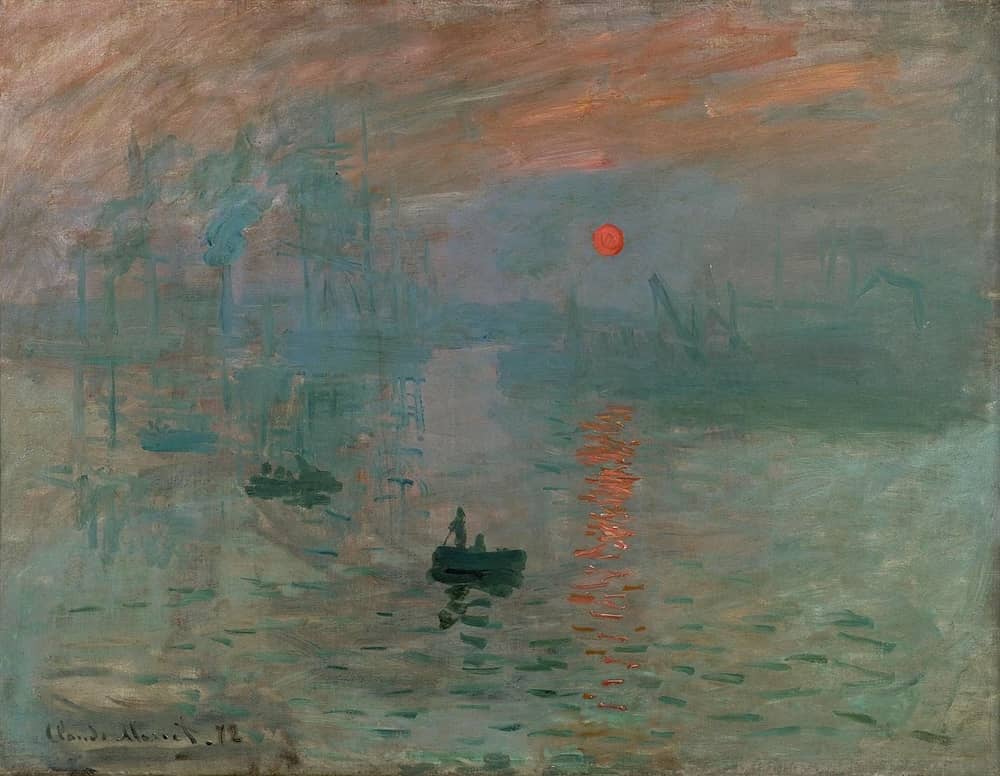The Art of Monet: A Journey Through Light and Color

Claude Monet, a pioneer of Impressionism, transformed the art world with his revolutionary approach to capturing light and atmosphere. The art of Monet is characterized by loose brushwork, vibrant colors, and a focus on the changing qualities of natural light. This distinctive style not only defined an era but also laid the groundwork for modern art.
Capturing Moments: The Essence of the Art of Monet
Monet believed that art should reflect the ephemeral beauty of nature. His famous series, including “Water Lilies,” “Impression, Sunrise,” and “Rouen Cathedral,” exemplify the art of Monet in its purest form. Each painting showcases his fascination with how light influences the perception of a scene. For instance, in “Impression, Sunrise,” the shimmering reflections of the sun on water are depicted with short, quick strokes, creating a sense of movement and immediacy. This innovative technique invites viewers to experience the moment as Monet did, emphasizing the beauty in transient experiences.

Monet often painted the same subject at different times of day and in various seasons. This practice illustrates his commitment to exploring the nuances of light and shadow. The art of Monet not only captures the visual aspects of his surroundings but also evokes emotional responses, making each piece a unique interpretation of reality. His garden at Giverny, with its iconic water lily pond, served as both his inspiration and canvas, allowing him to study the interplay of colors throughout the day.
The Legacy of Monet
The impact of the art of Monet extends far beyond his lifetime. His innovative techniques challenged traditional artistic conventions and inspired countless artists, paving the way for movements such as Post-Impressionism and Abstract Expressionism. By focusing on perception rather than realism, Monet encouraged artists to experiment with color and form, leading to a broader understanding of artistic expression.

Today, Monet’s work continues to resonate with audiences around the globe. His ability to convey emotion through the subtleties of light and color remains a powerful reminder of the beauty found in nature. The art of Monet teaches us to appreciate the fleeting moments that surround us, encouraging a deeper connection with our environment. As we immerse ourselves in his masterpieces, we are reminded of the timelessness of beauty and the importance of observing the world with fresh eyes. Monet’s legacy is not just in the art he created, but in the inspiration he provides to all who seek to find their own vision of beauty in the world.

